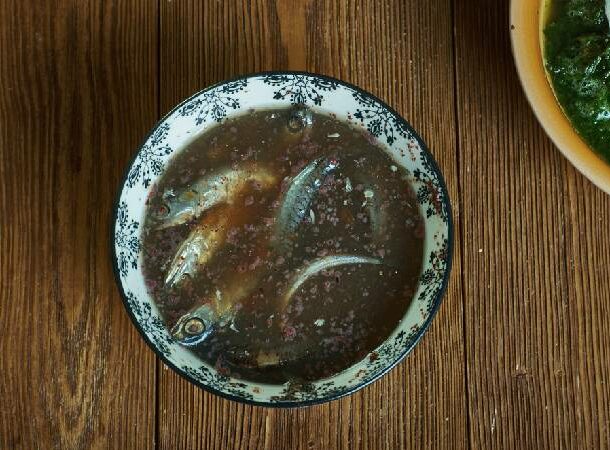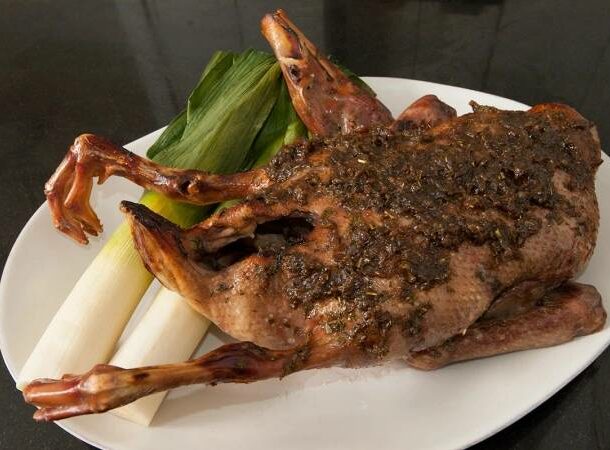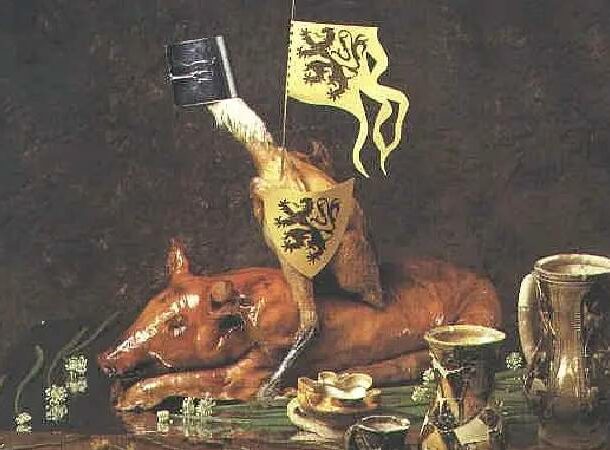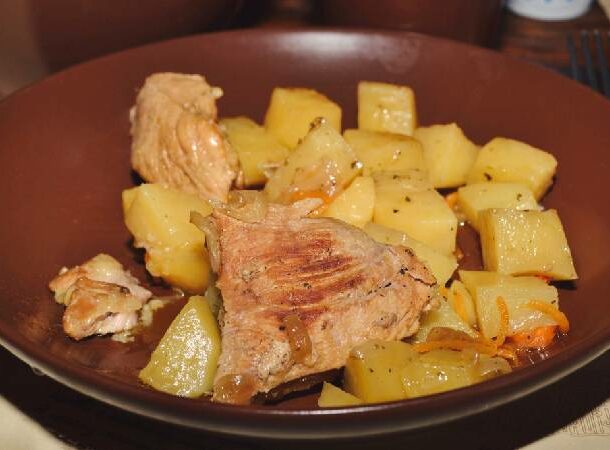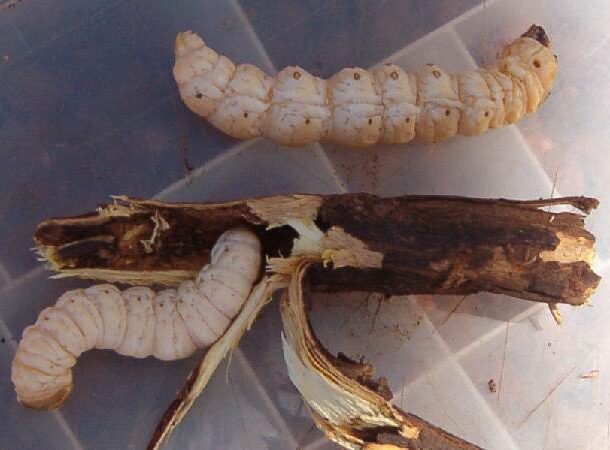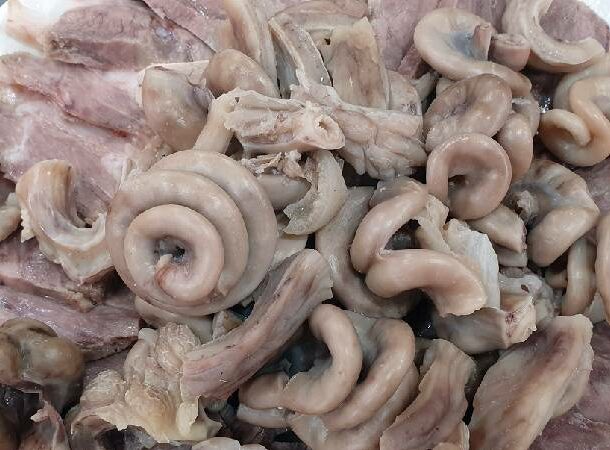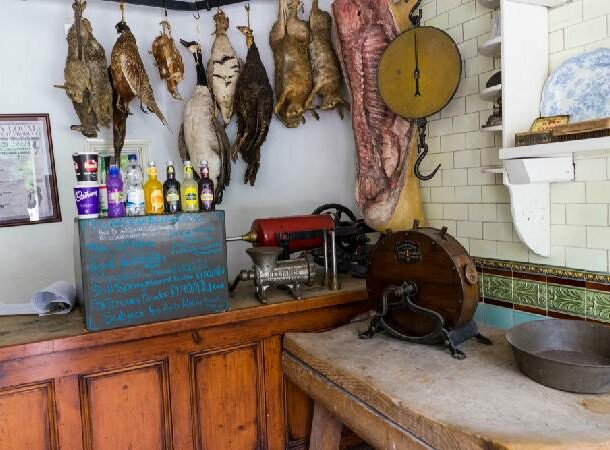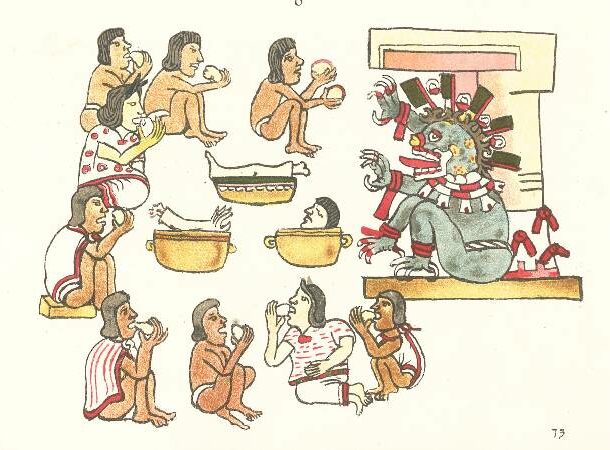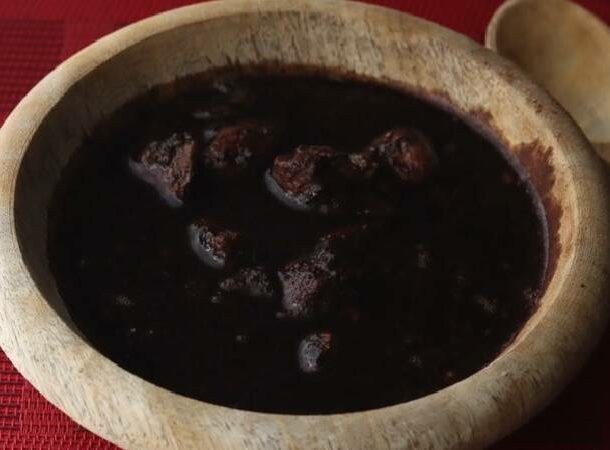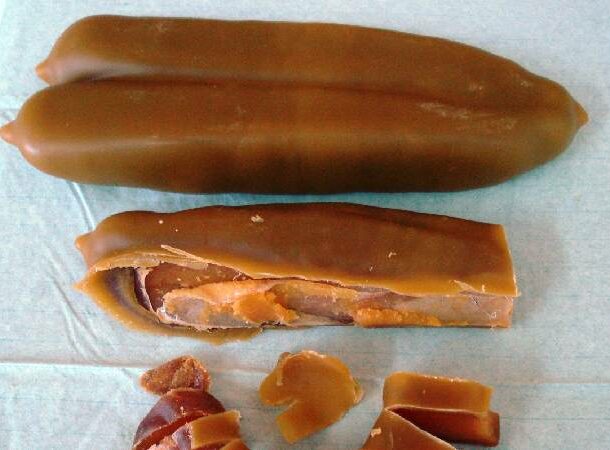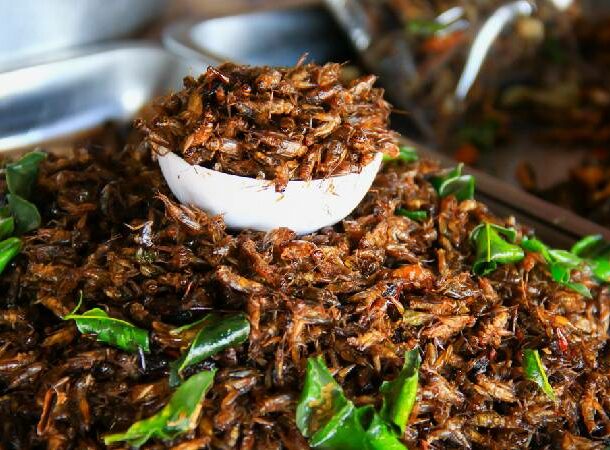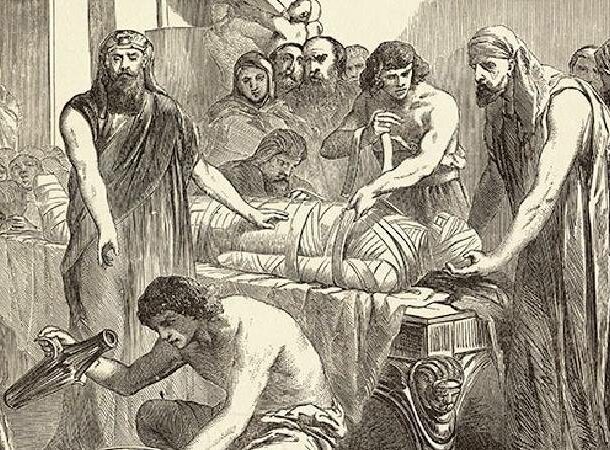What you eat today vastly differs from what you would have eaten 1,000 years ago.
Let’s look at 25 Weird and Unusual Foods from Ancient Times.
They’d use this a bit like ketchup on the side of a dish as a condiment, but it was made from fish that they allowed to ferment out in the sun in a clay pot with spices like dill and coriander or other herbs. They even found sealed jars of it in Pompeii to get the spice mix down and recreate it in modern times. The result was a fishy, protein-packed umami-filled sauce. That said, flamingo is definitely one bird you won’t see served up all that often, but only in modern times. Back in the day it was definitely on the menu, if you could afford it. Native to parts of Africa, the well-to-do culinary adventurers in Rome could afford to enjoy a braised flamingo. If you were really in high society, you’d only eat the fanciest parts, the filet mignon of the flamingo as it were, which were things like the brain or the tongue. This is especially true if you’re a fan of fantasy fiction and games like Dungeons and Dragons or Magic: The Gathering. That’s because a cockatrice was a mythological creature similar in both name and appearance to this dish. In stories, a cockatrice did somewhat resemble a chicken but with reptilian legs and a tail. It was like a two-legged dragon. Like Medusa, its gaze could turn you to stone. The cockentrice, a dish from the Middle Ages, was also an amalgam beast but in this case it was a suckling pig’s head and upper body literally attached to the hind end of a chicken. Why would anyone make such a thing? So you could have pork and chicken for dinner, along with a little show when it came out to the table. Like a cockentrice it was a mishmash of chicken and pork. But, in this case, the chicken is riding the pig like it was a knight on its trusty steed. Both animals were roasted, but the chicken was stuffed. The recipe then indicates that you need to have it sit on the pig, you put a little paper helmet on its head, and give it a lance. You’d then dress it in the colors of the lord for whom it was being served. It’s called virgin boy eggs and they are eggs hard-boiled in the urine of boys under the age of 10. The schools in town literally have buckets set up for the collection of urine which the egg makers buy and use. Some just get it from the parents. In case you’re wondering, the whole process apparently smells terrible, but the belief is they have health benefits. The town of Dongyang has been making them for hundreds of years. Well, some people didn’t have time for two things so in 1669 the recipe for cock ale was devised and it calls for you to mix a handful of fruit and spices like raisins and nutmeg into a bunch of ale with a boiled chicken. Apparently there was a belief that the food you ate could give you some of the qualities that the creature possessed in life and chicken was prized for its vitality and vigor so if you drank chicken beer maybe you’d get some of that power. It was also devised, in part, to get people to stop drinking coffee which was felt to be making English men too French. Back in the day they were much rarer and, in Ancient Rome, they were considered very exotic and mostly saved for very special occasions. So how do you cook a bird that can weigh close to 300 lbs? In the case of ostrich ragout, you boil the bird whole and serve it that way too, along with some seasoning and fish. In this case, ram’s testicles would be pickled in whey for months and months until they were nice and sour. Then they can be pressed into blocks to make a sort of loaf that could be sliced and eaten. Oddly enough, traditional foods like these made a comeback in Iceland in the 1950s, so, even though they had been pushed aside for quite a long time, they came back again and can be found in some places if you go hunting. Prior to potatoes there were many wild fruits and vegetables as well as a lot of seafood and shellfish. Dairy was also very big as they raised cattle not for beef but for milk and cheese. There are stories of a kind of milk made in ancient Ireland that was yellow and bubbly. And if that doesn’t sound appetizing enough, you had to chew it rather than drink it. Like slowly, and for a long time, like it was a kind of dairy bubblegum. So what did people in ancient times used to eat when dealing with deadly snakes, spiders and oppressive weather? Among other things, they ate the witchetty grub. These fat, little grubs can actually be the larval form of several insects including some species of moths and beetles. They made their home underground in the roots of something called a witchetty bush, hence the name, Aboriginal people would dig them up and they provided a solid hit of protein. Just 10 gives an adult all the protein they need in a day. Some say they taste almost like chicken, almonds or peanuts depending on how they’re prepared. Others say they taste like garbage. They only use yellow leaves, on their journey from the green of summer to the red of late fall, and they can’t have fallen from the tree yet. The leaves are battered and fried and have a slightly sweet and salty taste to them. It featured herbs and spices for flavor, which sounds fine, but it is also used as a base either sour wine or just vinegar diluted with water. So, you know, sour water. Things like brains and feet and organ meat are often ignored in Western cuisine. The Ancient Romans were clearly more adventurous with their dining, as witnessed in dishes like pig uterus. Modern eaters who have tried the recipe don’t have a lot of nice things to say, especially about the smell. Broxy meat could be any meat from sheep to cow to pork that was taken from an animal that had dropped dead. It wasn’t slaughtered, it died, probably from a disease. So if the animal had a heart attack, maybe the meat was okay. If it had an infectious disease, maybe it would kill you, too. This rare dish was once reserved for important members of the pre-Colonial Tenochtitlan society in Mexico. Modern pozole is made with pork or other meat. This ancient version? Human. The recipe is thousands of years old and, bafflingly, it has enjoyed a renaissance in modern times even though it can be poisonous if it’s made wrong. Fesikh is made by fermenting fish and the risk of food poisoning is high. 18 people died from eating a bad batch in 1991. And there was a time when it was a prized delicacy to eat, as well. So what is it? A very waxy substance produced in a whale’s digestive tract. They would excrete it, as in poop, and it could float around the ocean for years as the scent began to mellow and became desirable. It was made from blood, pig’s leg, vinegar and salt. The vinegar kept the blood from clotting so, essentially, its just pig in pig’s blood with salt to taste. That’s pretty hardcore. Though later versions from Italy and France were known as bottargo, the basic idea of salted, pressed fish ovaries was to cure or smoke the fish roe pouch and serve it sliced. Not a particularly large animal by any means, but they were fattened up in little clay pots on diets of things like chestnuts and walnuts and then roasted or even stuffed and then eaten as snacks. Ever eaten one? Probably not. But the Romans might have enjoyed one stuffed with sea urchin, just to keep it interesting. You can still find grasshoppers and locusts on menus in some Asian countries, but Greece, where bread, olives, and seafood were abundant even in Ancient times, is a little more surprising. To most other cultures this sounds gruesome if not downright terrifying. But from the perspective of the tribes this was the ultimate act of love. If they buried their dead in the ground, they would rot and be eaten by insects. So by eating their own dead, they were saving them that fate and becoming one with them. Sometimes it’s an expression of a condition called pica where you’re tempted to eat non-food items, but it’s also been a cultural thing in various ancient cultures including among Native Americans, South Americans and Africans where it could be eaten for a number of reasons including wanting to improve your skin. The practice of eating mummies dates as far back as the 16th century. One belief was that a mummy ground into powder and ingested could cure internal bleeding. Bits of skull could cure headaches and so on.

